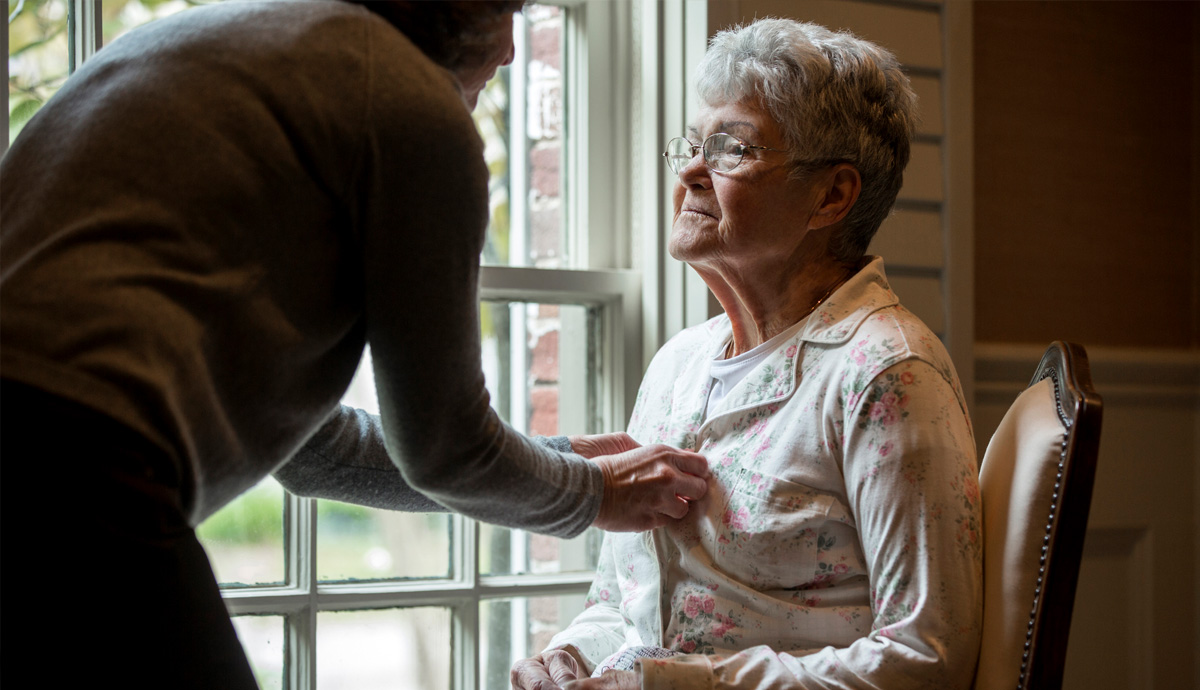What ‘Nursing Home Level of Care’ Really Means
Learn how Medicaid can help your loved one get the care they need at home


If your loved one is enrolled in Medicaid, and they are no longer able to handle day-to-day activities or live safely on their own, they may be able to receive an assessment that determines whether or not they need a “Nursing Home Level of Care”.
Nursing Home Level of Care (NHLOC) can be a scary phrase, but it doesn’t mean your loved one has to move to a nursing home to get the care they need. NHLOC is about what kind of care your loved one needs, not about where they need to receive it.
Let’s explore the ins-and-outs of Nursing Home Level of Care, including what it means to truly require a NHLOC, the different ways care can be provided, and how Medicaid waivers play a part in getting your loved one the care they need in their home.
Medicaid Waivers and NHLOC
Medicaid waivers are special rules that allow states to provide services that help your care recipient stay at home while getting the care they need, instead of moving to a nursing facility. Think of these services as a helping hand for people who need some extra support. In most cases, to qualify for a Medicaid waiver, your loved one must meet a “nursing home level of care,” but that doesn’t mean they have to live in a nursing home. It means that your loved one needs help doing things like going to the bathroom, getting dressed, or feeding themselves in their own home.
When your loved one applies for a Medicaid waiver, a case manager will do an assessment to determine what kind of care they need to live their most fulfilling and active life. It’s important for you and your loved one to be honest about which activities your loved one can do on their own, and which activities they cannot do without help.
Although the details will vary from person to person, there are some signs that we can look for as a guide to know whether your loved one might need a Nursing Home Level of Care.
For example, if your loved one needs help dressing themselves or getting in and out of a wheelchair, they may need a Nursing Home Level of Care to continue living a healthy life with a feeling of well-being. If your loved one has a hard time with things like driving, cooking, or managing finances, they might need a Nursing Home Level of Care.
Is Rehabilitation a Nursing Home Level of Care?
If your loved one has been sent to a Skilled Nursing Facility (SNF) for rehabilitation following an injury or surgery, that is not the same thing as needing NHLOC, even if the rehab takes place in a nursing home setting.
Rehab provides services that will allow patients to get back to their daily activities and lifestyle after they recover. This means that skilled nursing facilities, while excellent places for rehab, are not necessarily the same as a long-term care nursing home. Short-term stays in rehabilitation facilities may be covered by some Medicare or private insurance plans. Long-term care is paid for by Medicaid for those who qualify.
While it is possible that your loved one could go from a rehab facility to a long term care setting, that would be because your loved one’s needs have increased and they now need the care provided in a nursing home or long-term facility.
Moving Forward
Look into the options available in your state and consider applying for Medicaid waivers for your loved one. This is the first step toward giving your loved one the care and quality of life they deserve.

Find Programs That Pay
Can I get paid to be a family caregiver? Let’s find out if there are programs that might provide compensation.
Find Programs That Pay